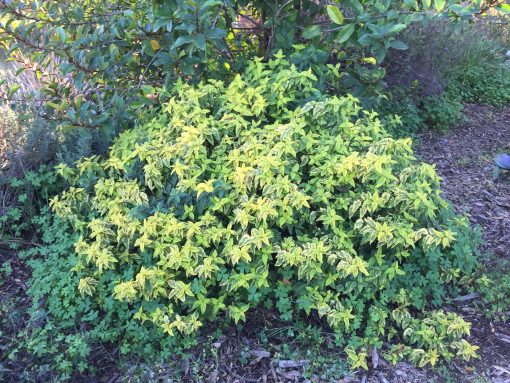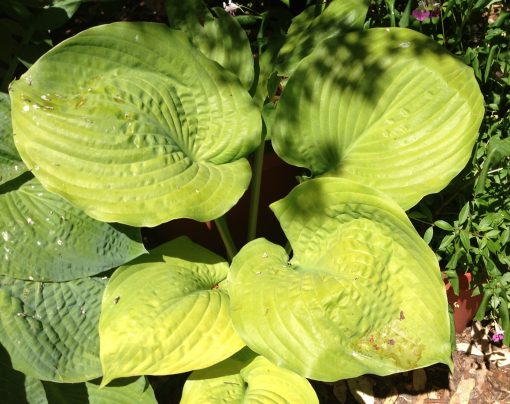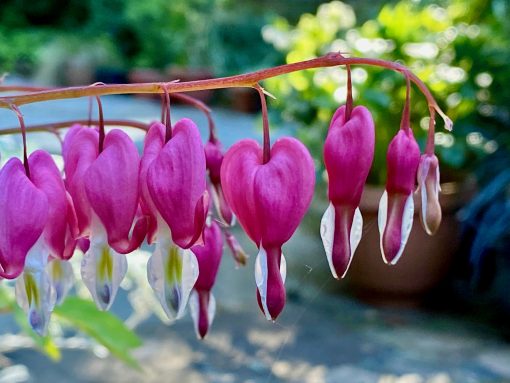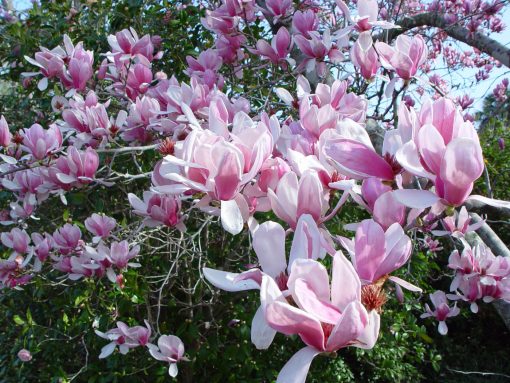
Everywhere I look, it’s green- forest green, apple green, olive green, fern green, sage green, chartreuse green. Even all those showy flowering trees blooming now will soon be sporting bright green leaves. Since moving to the Santa Cruz Mountains in the late 80’s I have always lived in the forest, first in Felton, then Bonny Doon or now Boulder Creek. The green backdrop of redwoods, oaks and firs make us appreciate all the other colors around us. The calendar says it’s spring and I have “Spring Fever’ like everybody else.
On Tuesday, March 19th at 8:06pm the day and night will be almost equal. That’s why it’s called the Spring Equinox. Some years it falls on March 20th. It would occur on the same day every year if the Earth took exactly 365 days to make a complete revolution around the Sun. But it takes the Earth 365.25 days on average to go around the Sun once. Whatever the exact date and time it’s spring and with St. Patrick’s Day also in a few days I plan to add something green to my garden and tick off a few tasks on my to-do list.
There endless shades of green in nature because color is dependent on light. Humans can see more shades of green than any other color. This is an evolutionary trait handed down from our ancestors who needed to differentiate the shades of green in order to know which plants to eat and which to avoid. Wearing something green on St. Patrick’s Day has been a tradition since emigrants, particularly in the United States, transformed the holiday into a largely secular event celebrating all things Irish. Cities with large numbers of Irish immigrants staged parades going back to 1737 in Boston and in New York City since 1762. Although blue was the color traditionally associated with St. Patrick, green is now commonly connected to this holiday with shamrocks high on the list of things to wear on this day.
I often get a request for green to be in the color palette of plants that go into a garden. There are green flowers that you can grow and of course, many shades of green foliage. The low wavelength of green promotes calm, relaxation and restfulness.

If you’re looking for a heat, drought and deer tolerant plant that attracts birds, butterflies and hummingbirds you should grow Golden Leaf Salvia (salvia officinalis icterina). The fragrant foliage is good to flavor soup, sausage, dressings, cheese dishes and stuffing. The young leaves can even be eaten fresh in salads or cooked in an omelet or with beans, cabbage and garlic.
Another great greenish flowering shrub to try is Safari Goldstrike Conebush. This leucadendron is a vigorous compact grower to 6 feet tall and blooms during the winter and spring. Its bracts are excellent as a cut flower and foliage harvesting. They grow in full sun and have low water needs.

Some of my favorite plants that have green flowers or shades of green foliage are green hydrangeas, green hellebore, lime green coral bells, Lady’s mantle, Sum & Substance hosta, fats japonica, green gladiolas, Mediterranean spurge and Bell of Ireland, of course
So besides all that clover that is flourishing with all these spring rains, enjoy everything green in your garden. The Irish have observed this day for over 1,000 years and so can you.


